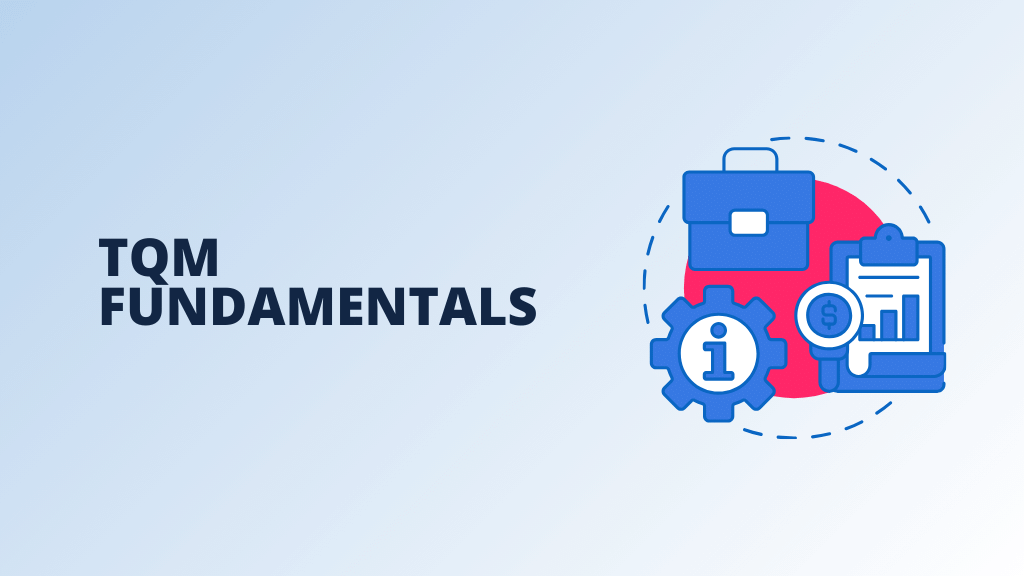When it comes to continuous improvement, there’s no one size fits all strategy that works the same way for every organization. There are many ways to improve quality, product development time, and efficiency. It all depends on your specific needs and vision. The Plan-Do-Check-Act (PDCA cycle) can be used as an excellent continuous improvement strategy in its own right.
But here we’ll look at some additional tips to use in conjunction with this strategy to get maximum results and make your improvements stickier and more sustainable.
Introduction to PDCA
PDCA (Plan-Do-Check-Act) is an iterative method of four-step management. It used for the control and continuous improvement of processes and products. And also known as the Deming circle/Deming cycle/Deming wheel, cycle of Shewhart, control circle/cycle, or PDSA (plan-do-check-act).

Another version of the PDCA cycle is the OPDCA, where the aggregate letter “O” stands for observation or as some versions say “Hold the current condition”. The emphasis on observation and the current condition has correspondence with the lean production philosophy.
History of PDCA cycle
PDCA became popular by Dr. W. Edwards Deming, who is considered by many to be the father of quality control modern. However, he always refers to it as the “cycle of Shewhart.” Later in his career of Deming, he modified the PDCA for PDSA (Plan, Do, Study, Act). Because he felt the need to emphasize the step of studying the process to be able to adjust according to plan.
O PDCA concept is based on the scientific method, developed from Francis’ work Bacon (Novum Organum, 1620).
How PDCA works
In any given business, there are going to be new problems emerging all of the time. To stay ahead of these issues, it’s important to understand how PDCA works.
The PDCA process is a cycle where you will constantly be coming up with new ideas for how to improve your company.

Whether it’s streamlining internal processes or adding additional products, many improvements can and should come from your employees as they have a better understanding of day-to-day operations than anyone else in your organization.
That said, there are times when bringing in outside experts can benefit your efforts, so having an open door policy is key to finding balance between homegrown solutions and expert opinion.
When to apply the PDCA cycle
Although there are many PDCA methodologies that are possible, let’s focus on how it is applied to continuous improvement.
At any given point in time, you should always be improving some aspect of your business or personal life.
Continuously applying PDCA can be applied across all cycles of a project: pre-analysis, analysis, planning, action, control/check up and review. Below we describe how PDCA can apply in each cycle.
Understanding different stages of the PDCA cycle

PDCA is a process that makes up an important part of Lean Six Sigma, which emphasizes continuous improvement. There are four main stages to using PDCA: Planning, Do, Check, and Act.
PLAN
PLAN Establish the objectives and processes necessary to deliver results of according to the expected result (the goal or goals). To the establish exit expectations, integrity and specification accuracy is also a part of the target improvement. When possible start small scale to test possible effects.
DO
(DO) Implement the plan, execute the process, make the product. collect data for mapping and analysis of the next steps “VERIFY” and “ACT”.
CHECK
VERIFY (CHECK) Study the current result (measured and collected in the previous “run” step) and compare it against the expected results (objectives established in the “PLANNED” step) to determine any differences.
Look for deviations in application of the plan and also look at the suitability and scope of the plan allows the execution of the next step, i.e. “ACT”.
Plotting data can do this much easier to see trends over several PDCA cycles and thus converting the data collected in information. Information is what you need for the next step “ACT”.
ACT
ACT (ACT) Take corrective action on significant differences between results real and planned. Analyze the differences to determine their causes.
Determine where apply changes that include improving the process or product.
When a pass by these four steps does not result in the need for any improvement, the method to which the PDCA is applied can be refined in greater detail in the next iteration of the cycle, or the attention must be placed differently at some stage of the process.

Conclusion
The PDCA plan when applied to the System of Quality Management can implement actions to achieve improvement continuous, ensure the operation and control of productive processes.
In the Quality Management system we can find non-conformities in processes to address non-compliance we use the PDCA plan.
Action to delete a identified nonconformity. Corrective action Action plan to eliminate the cause of a existing non-compliance. Aiming to eliminate or reduce the possibility of recurrence of this non-compliance.
Preventive action: Action plan for eliminate the cause of a potential non-conformity. With a view to eliminating or reducing the possibility of the occurrence of this compliance.
Improvement action: action plan to implement continuous improvements in Law Suit.
PDCA preventive or corrective action plan or improvement are open to contemplate the determination of causes and actions proposals. With follow-up until the Analysis critical whenever it occurs.






